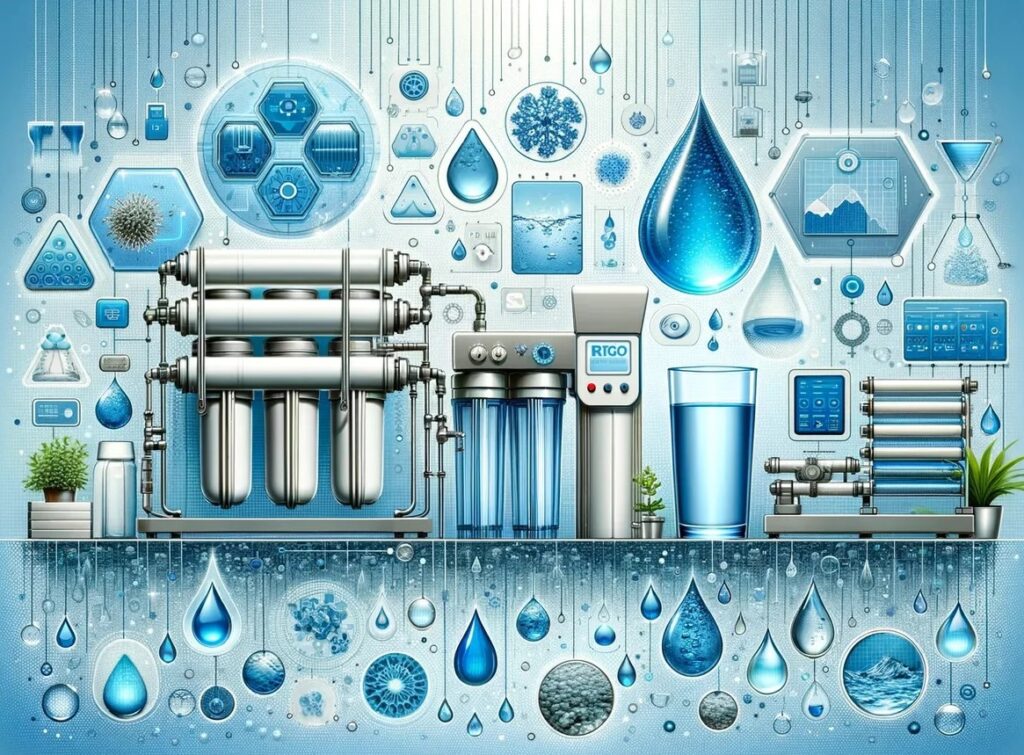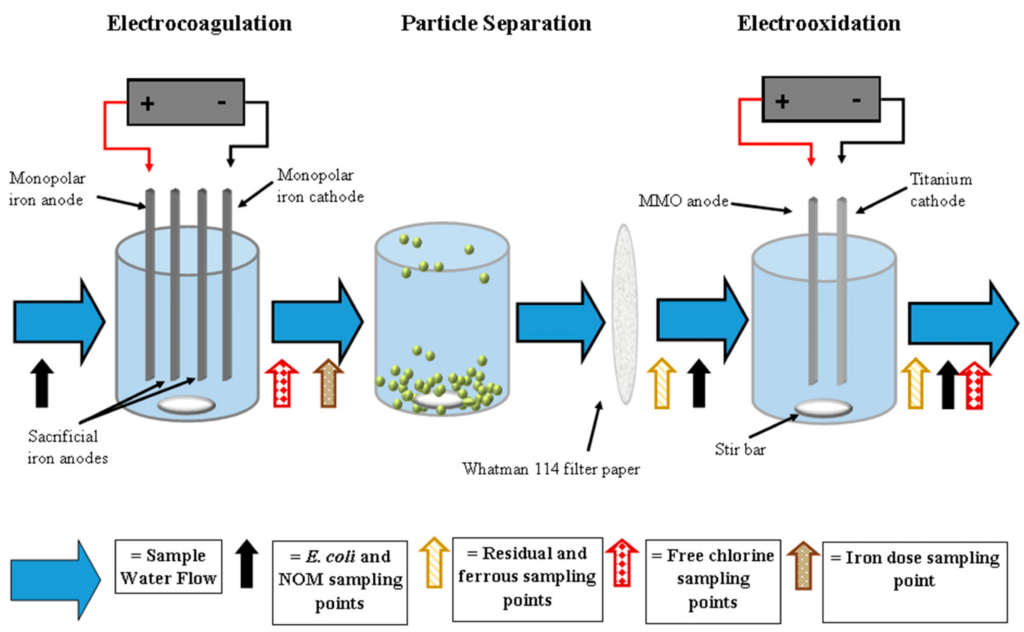
Introduction:
Water purification technologies have evolved significantly, offering innovative solutions for ensuring the safety and quality of stored water. In environments where stored water is crucial for consumption, industrial processes, or agricultural use, these advancements play a pivotal role in maintaining health standards and operational efficiency.
Filtration Systems:
1. Membrane Filtration:
Reverse Osmosis (RO): RO systems utilize semi-permeable membranes to remove dissolved salts, minerals, and contaminants from water. They are effective for purifying brackish water and seawater, making them suitable for applications requiring high water purity levels.
2. Microfiltration and Ultrafiltration:
These technologies use porous membranes to filter out particles, bacteria, and pathogens from water. They are effective for removing suspended solids and microorganisms, ensuring clean and safe water for storage and consumption.
Disinfection Technologies:
1. UV (Ultraviolet) Disinfection:
UV light is used to destroy the DNA of microorganisms, rendering them incapable of reproduction. UV disinfection systems are chemical-free and effective against bacteria, viruses, and protozoa, making them suitable for treating stored water without altering its taste or odor.
2. Ozonation:
Ozone gas is a powerful oxidant that eliminates bacteria, viruses, and organic contaminants from water. It is effective for disinfecting stored water and improving its clarity by oxidizing organic compounds and reducing color and odor.
Advanced Oxidation Processes (AOPs):
1. Advanced Oxidation:
AOPs involve the generation of hydroxyl radicals or other reactive species to oxidize and degrade organic and inorganic contaminants in water. These processes are highly effective for treating stored water contaminated with persistent organic pollutants (POPs) or emerging contaminants.

Electrochemical Technologies:
1. Electrocoagulation:
Electrocoagulation uses electric current to destabilize and remove suspended solids, colloids, and metals from water. It is an effective pre-treatment method for stored water before further purification processes.
2. Electrodialysis:
Electrodialysis utilizes ion-selective membranes to remove ions and dissolved salts from water. It is particularly useful for desalination and producing high-purity water from brackish sources.
Nanotechnology Applications:
1. Nano-filtration and Nano-membrane Technologies:
Nano-filtration membranes selectively remove ions, organic molecules, and fine particles from water. They are effective for producing high-quality water suitable for various industrial and residential applications.
Integration and Monitoring Systems:
1. Smart Water Purification Systems:
Integration of IoT (Internet of Things) and sensor technologies allows for real-time monitoring of water quality parameters such as pH, turbidity, and chlorine levels. These systems optimize purification processes, enhance operational efficiency, and ensure continuous supply of safe water.
Conclusion:
Innovations in water purification technologies have revolutionized the way stored water is treated and utilized across various sectors. From advanced filtration systems and disinfection technologies to nanotechnology applications and smart monitoring systems, these advancements ensure the safety, quality, and reliability of stored water. As demands for clean water continue to grow amidst global challenges such as population growth and climate change, ongoing research and development in water purification technologies are critical for addressing water security and sustainability. Embracing these innovations not only safeguards public health but also supports economic development and environmental conservation by promoting efficient water use and management practices.


